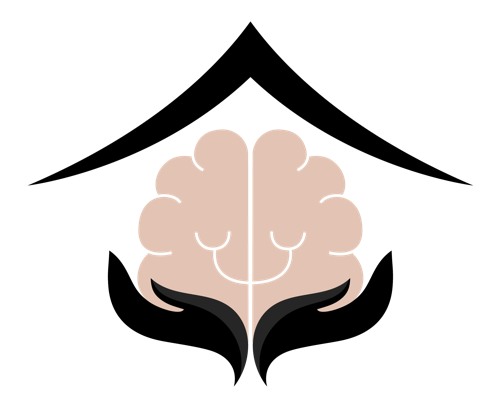In this post, we’re diving deep into the world of ketamine, specifically focusing on two administration methods: sublingual ketamine and intranasal ketamine. These two approaches have gained popularity for their potential to alleviate various mental health conditions. We’ll explore how they work, their pros and cons, and which one might be the right choice for you.
 Understanding Ketamine
Understanding Ketamine
Before we delve into the different administration methods, let’s briefly understand what ketamine is and why it’s gaining attention in the mental health community.
Ketamine is an anesthetic medication used for decades in surgical and emergency medical settings. However, recent research has shown its remarkable potential in treating various mental health disorders, such as depression, anxiety, post-traumatic stress disorder (PTSD), and more. Ketamine works differently from traditional antidepressants by targeting the brain’s glutamate system, providing rapid relief from symptoms.
Sublingual Ketamine
Sublingual ketamine involves placing a small dose of ketamine under your tongue. The mucous membranes in the mouth absorb the drug, allowing it to enter the bloodstream directly.
 Pros of Sublingual Ketamine:
Pros of Sublingual Ketamine:
- Quick onset: Sublingual administration offers rapid absorption, often within 15-20 minutes, making it a fast-acting option for immediate relief.
- No nasal irritation: Unlike intranasal ketamine, sublingual administration doesn’t irritate the nasal passages, which can be more comfortable for some individuals.
- Precise dosing: It’s easier to control and measure the exact dose with sublingual ketamine, ensuring consistent results.
Cons of Sublingual Ketamine:
- Taste: Some people find the taste of ketamine unpleasant, which can be a drawback during administration.
 Intranasal Ketamine
Intranasal Ketamine
Intranasal ketamine involves spraying a ketamine solution into the nostrils. The drug is then absorbed through the nasal mucous membranes.
Pros of Intranasal Ketamine:
- Ease of use: Intranasal administration is relatively straightforward and doesn’t require much effort.
- Rapid onset: While not as quick as sublingual ketamine, intranasal ketamine still provides faster relief compared to traditional antidepressants.
- Convenient: The intranasal approach can be more convenient for some patients, as it doesn’t require holding the solution under the tongue.
Cons of Intranasal Ketamine:
- Potential for nasal irritation: Some individuals may experience nasal irritation, discomfort, or a burning sensation during or after administration.
- Variability in absorption: Absorption rates can vary among individuals, potentially leading to inconsistent effects.
Which One Is Right for You?
The choice between sublingual and intranasal ketamine ultimately depends on your preferences and needs. Discussing these options with your mental health provider to determine the best approach for you is essential.
Considerations for choosing sublingual ketamine:
– If you prefer rapid relief without potential nasal irritation.
– If you want more control over the dosing and consistent results.
– If you can tolerate the taste.
Considerations for choosing intranasal ketamine:
– If you find the intranasal administration process more convenient.
– If you can tolerate potential nasal discomfort.
– If you’re looking for a quicker option than traditional antidepressants.
 Conclusion
Conclusion
Both sublingual and intranasal ketamine offer exciting possibilities for individuals seeking relief from mental health conditions. While they have pros and cons, finding a treatment method that suits your preferences and works effectively for your unique situation is the most crucial factor.
Always consult with your mental health to decide on the best administration method for your mental health goals. The journey to improved mental health is personalized, and ketamine may be a valuable tool on your path to wellness. If at-home ketamine therapy is something that you feel would benefit you, schedule an appointment with Safe Haven Health today.



